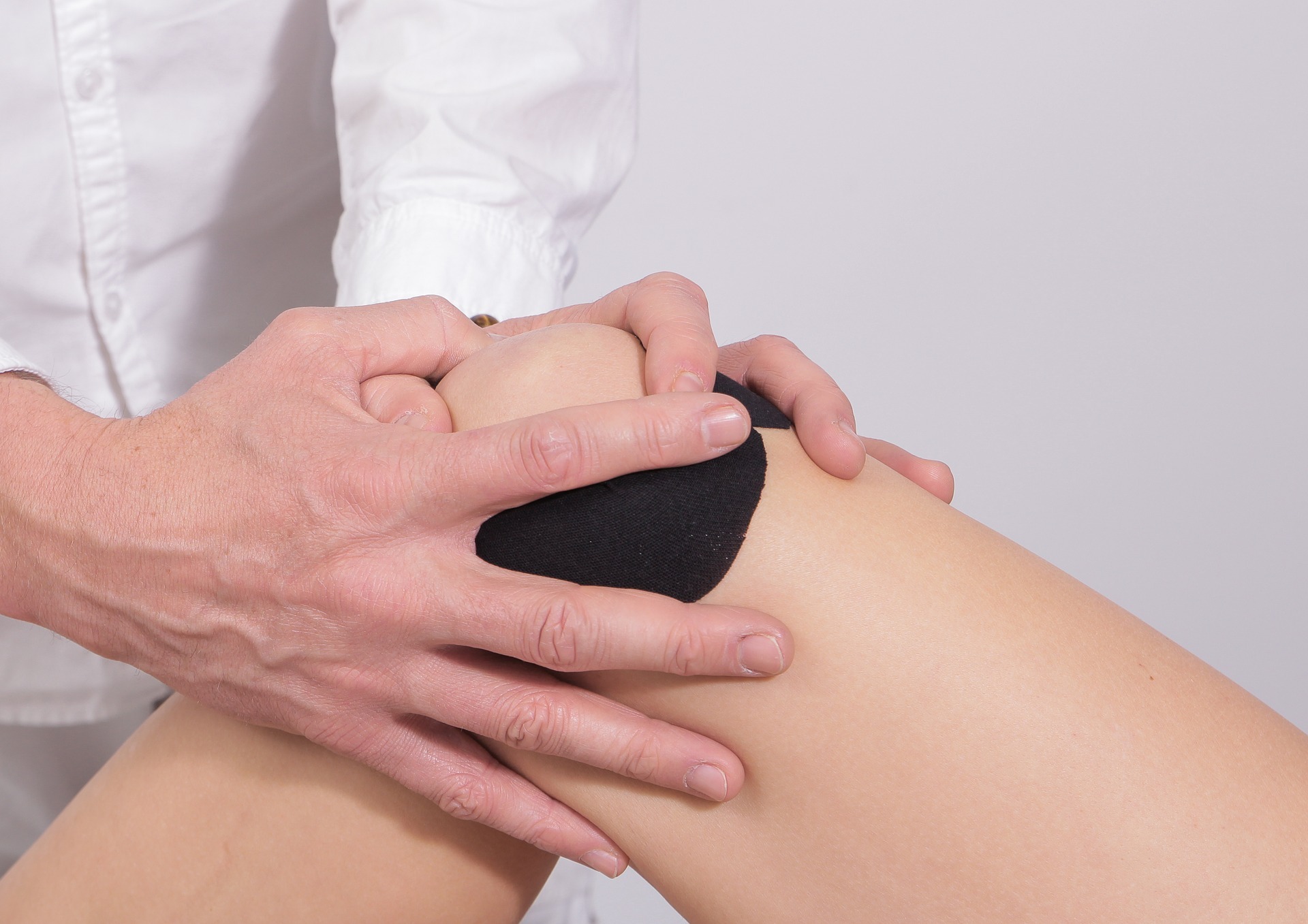Cycling knee pain can be a recurring issue for a lot of cyclists. It can range from a minor annoyance to a near-debilitating condition. If you have experienced knee pain, you know just how quickly it can ruin a ride. Fortunately, there are several way to prevent and treat cycling knee pain. There is no need to suffer in silence as most causes of knee pain can be prevented.
Preventing Cycling Knee Pain
You have probably heard that cycling is a great exercise as it is gentle on the knees – but that doesn’t mean your knees are safe from stress and injury! Scientists in Norway interviewed 116 professional cyclists and found that 94 percent had suffered injuries due to overuse and 23 percent had overuse injuries to the knees.
The knee is a complex joint, so a lot can go wrong. Many times, the cause of your cycling knee pain can be determined based on the location of the pain. Is it the back of knee pain due to cycling? Is it above or below the kneecap? Are you experiencing pain at the front knee pain from cycling?
For a free legal consultation,
call 1-844-242-9253
Check your bike for a proper fit. If you have developed knee pain, no matter where the location, the first thing to check is the fit of your bike. This is a great time to make an appointment to have your bike fit properly assessed. Yes, it’s not cheap. But chronic injuries could mean doctor’s appointments, time away from the bike, and pain and suffering. A little expense could alleviate most or even all your pain, so take that bike in today!
Stretch your muscles both before and after your ride. Warm muscles and joints perform better and are less prone to injury. Remember to stretch your legs as well as your glutes and core muscles. Far too often, cyclists forget to stretch and strengthen their core and gluteal muscles. These muscles support your frame and help you maintain proper positioning on the bike. Don’t assume that because the pain in your knees you can neglect the rest of your joints and muscles.
Treating Cycling Knee Pain
Click to contact our personal injury lawyers today
If you have developed knee pain after cycling, try taking a few days off the bike. During this time, take an anti-inflammatory like Advil regularly to relieve pain and swelling. Be gentle on your knee and try to keep it elevated, when possible. After several days, the pain should have lessened significantly. If you find that the pain is not being relieved, even with rest, make an appointment with your physician to determine if you have developed an injury that requires treatment. Most knee pain from cycling will go away after a bit of time off the bike.
Complete a Free Case Evaluation form now
When you do begin to feel better, try to avoid hilly areas for a while. Follow the 10 percent rule: each week, increase your mileage by just 10 percent. This gives your body (and especially your knees) time to adjust to the longer rides. At the slightest hint of pain, back off in your training and give your body time to recover. Chronic pain, by definition, develops over time. By stopping the pain cycle you give your body time to recover and prevent increasing levels of damage.
Make a visit with a physiotherapist or an osteopath, and try to find one who is a cyclist. A cyclist understands the particular physical demands that the body undergoes when cycling. If your pain Is keeping you from cycling, it’s best to get professional help. A physiotherapist can work with you to strengthen your body and joints to lessen the pain. They can also take x-rays and determine if the problem is with the joint itself. If they prescribe physical therapy or exercises for your pain, follow through! It’s worth the time and energy to repair your knees.
If the pain has developed from overuse, try increasing your cadence to 80 rpms (revolutions per minute) or more. An increased cadence in an easier gear will minimize stress on your knee. It will also help with fatigue in the quadriceps muscles, which can contribute to tracking difficulties with the kneecap. Simply put, increasing your cadence reduces the stress and demands places on your knees when cycling.
Keep your training moderate, especially if you are experiencing pain. No pain, no gain? Try again! If you are experiencing chronic pain, you aren’t doing it right. Make increases in distance and intensity slow and spread them over time. If you experience excess pain of muscle tightness in the days following an increase in intensity, it was probably too quick.
At Kass & Moses, we take cycling seriously. That’s because our attorneys are also bikers! We understand that cycling is more than just a sport – it’s a way of life. If you have been injured in a bicycle crash, contact a bicycle crash attorney from our team to learn about how you can recover both physically and financially.
Call or text 1-844-242-9253 or complete a Free Case Evaluation form


